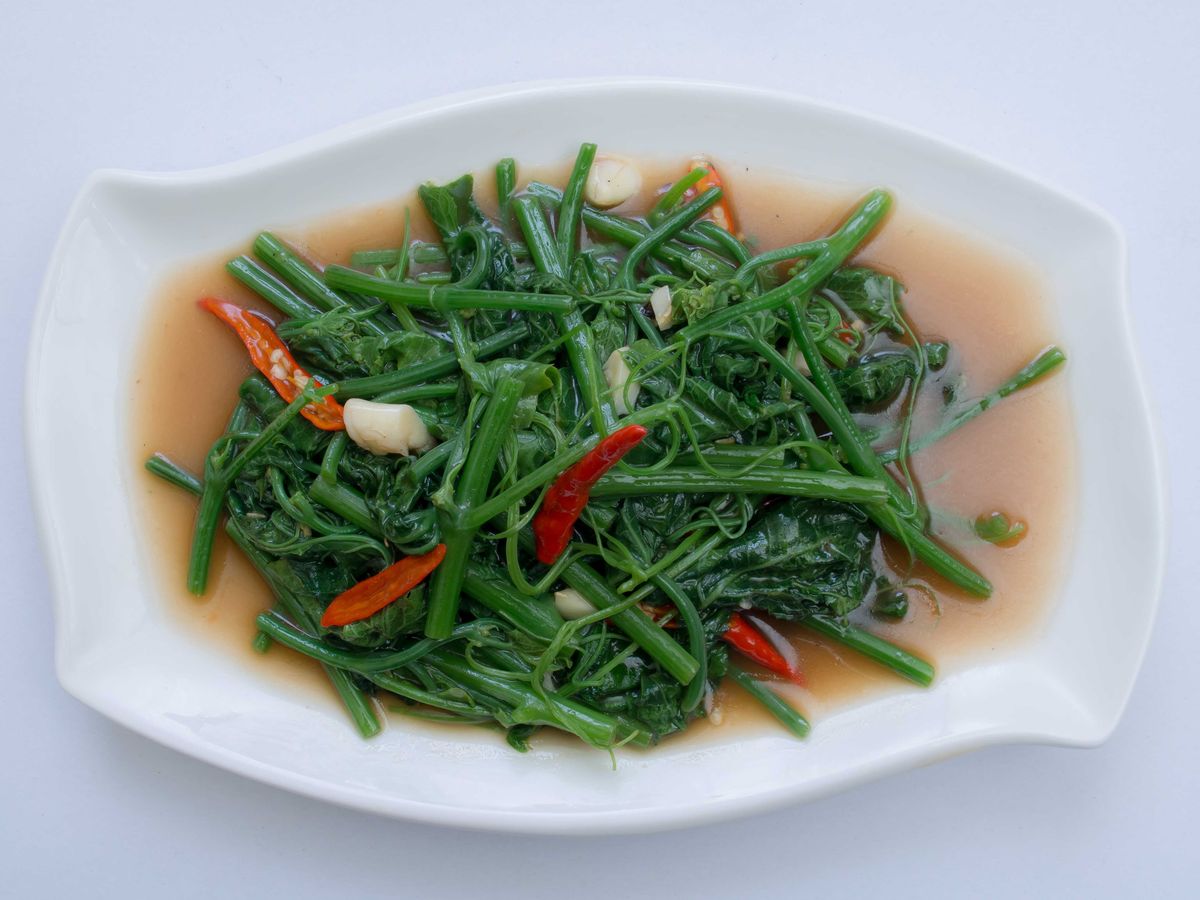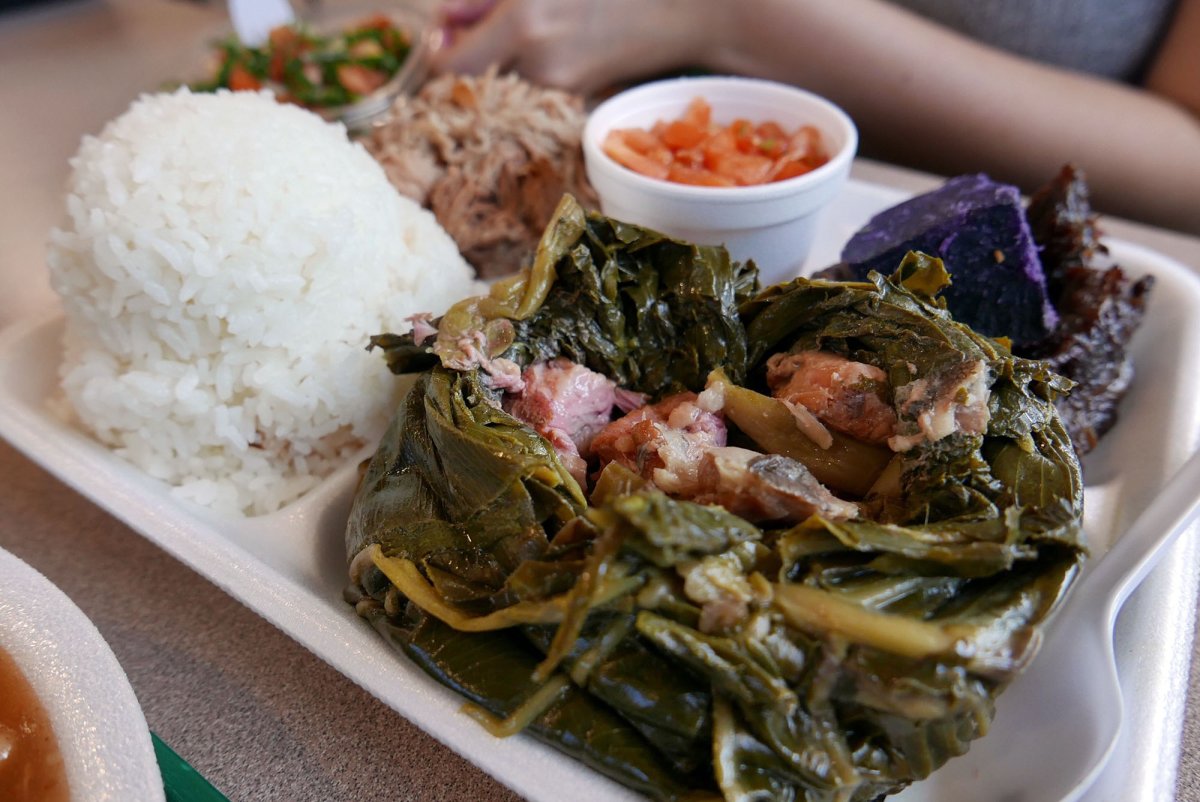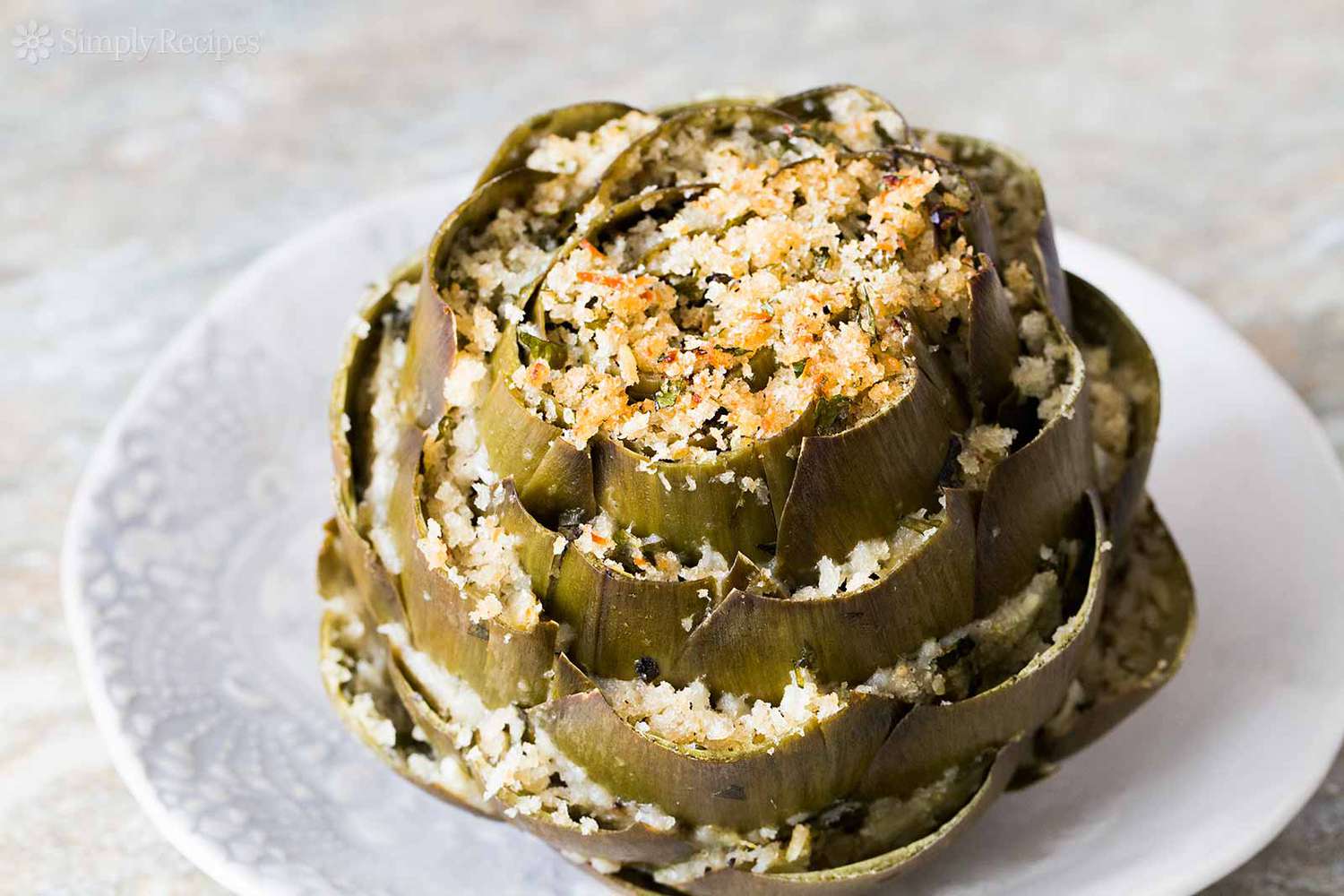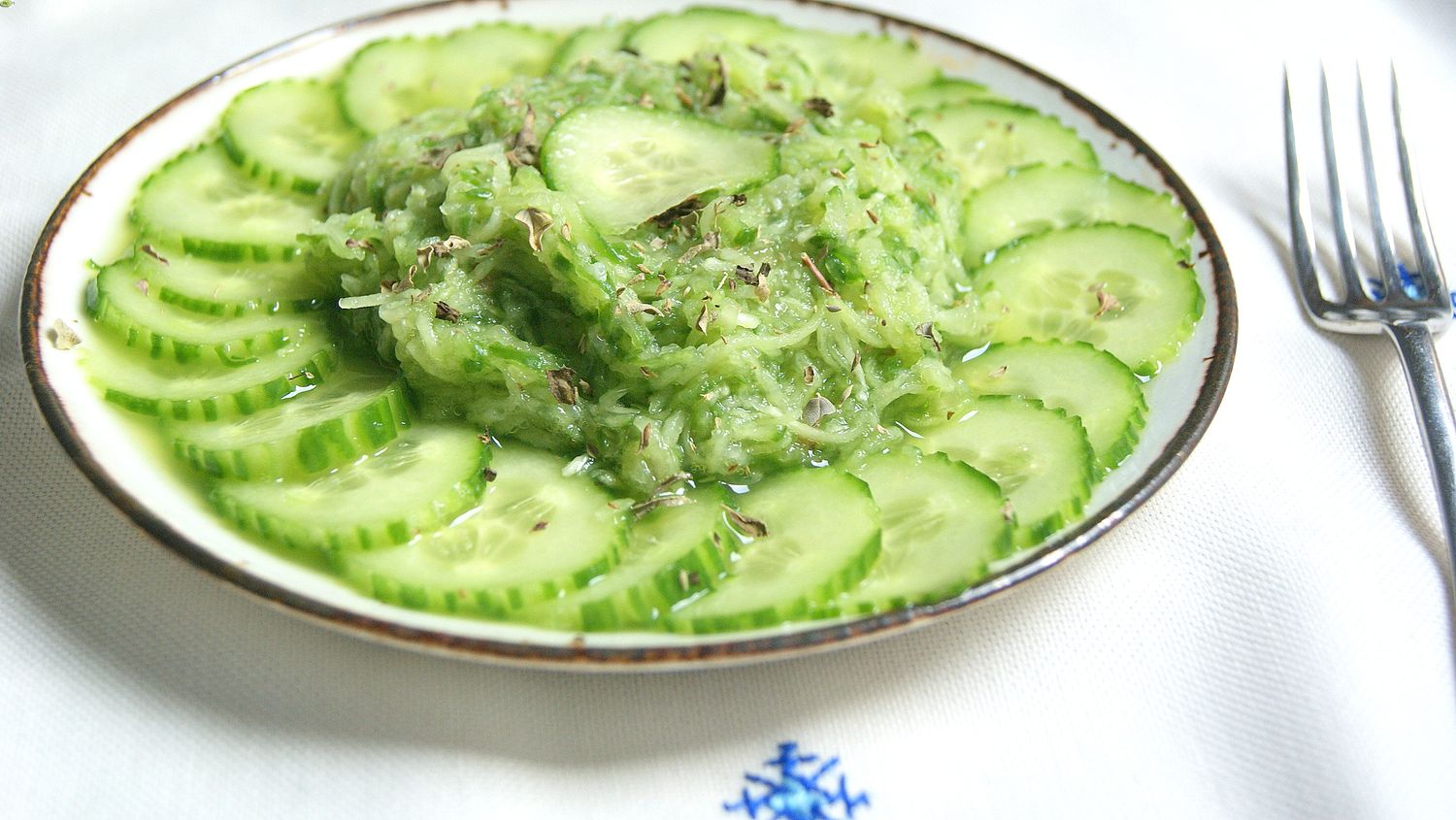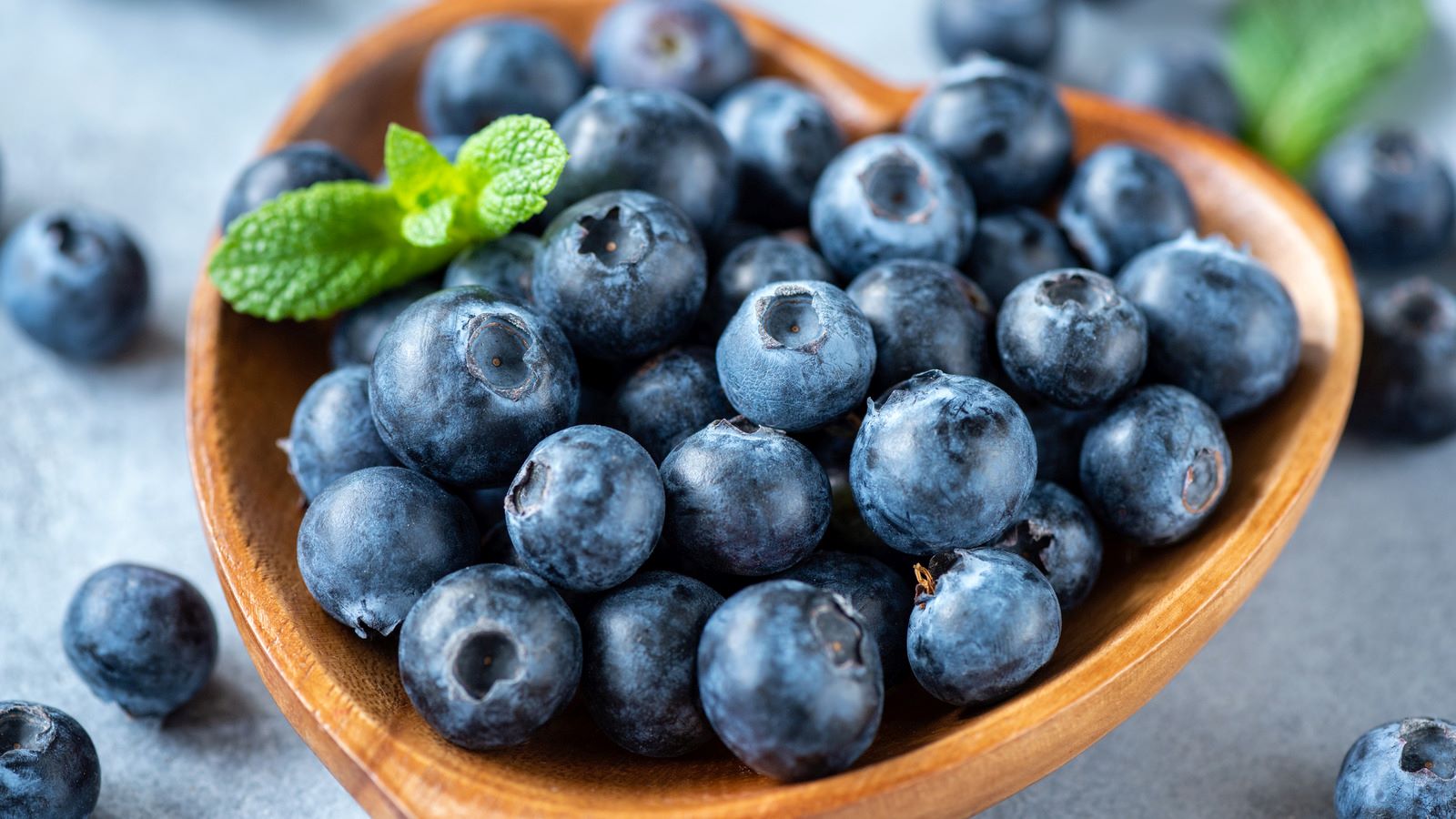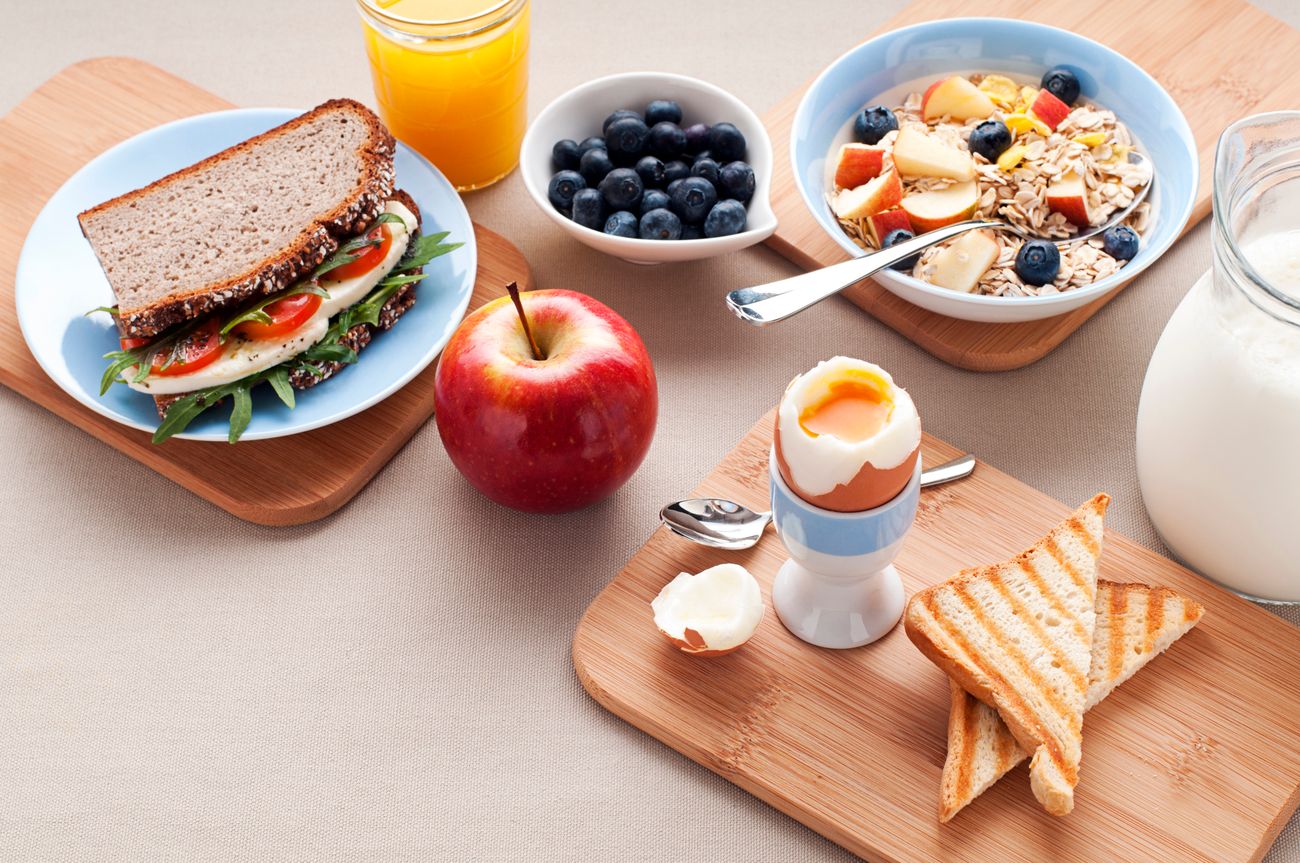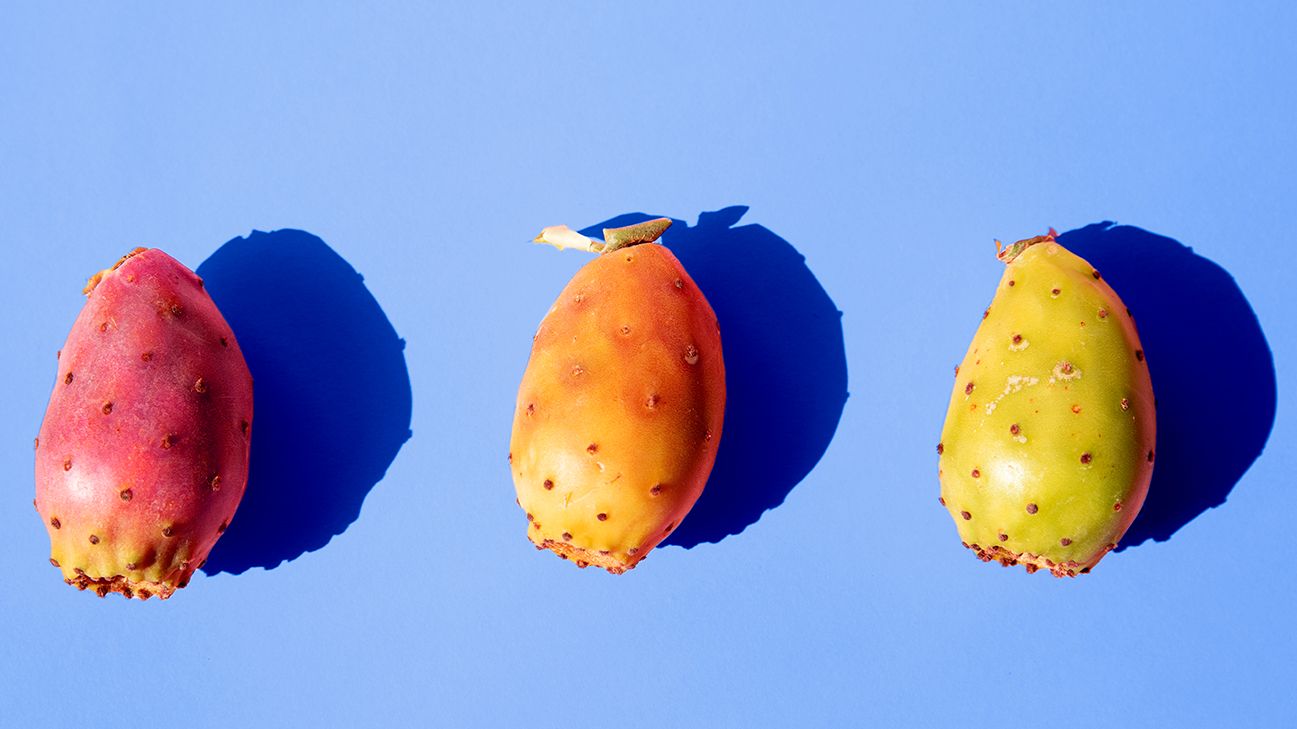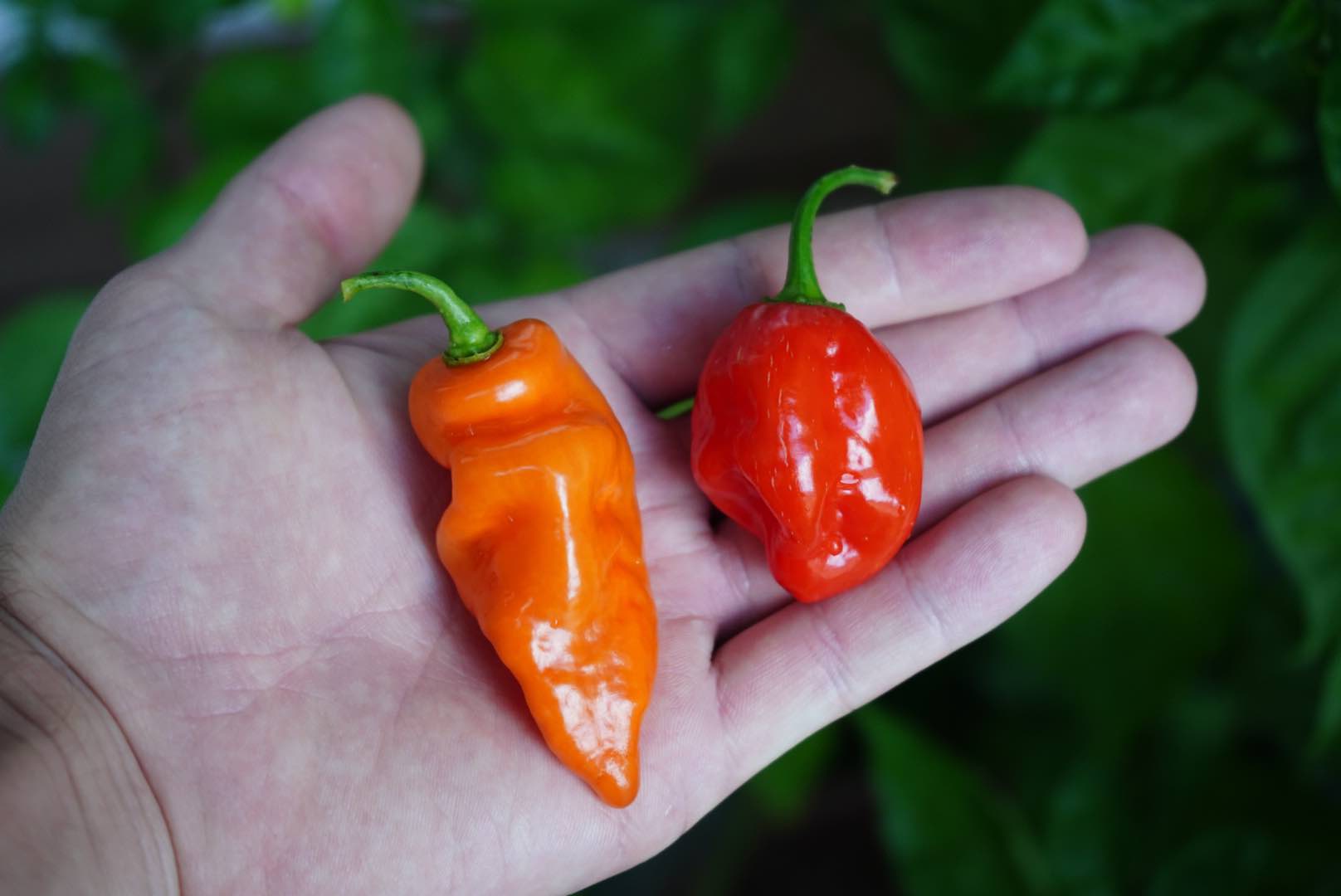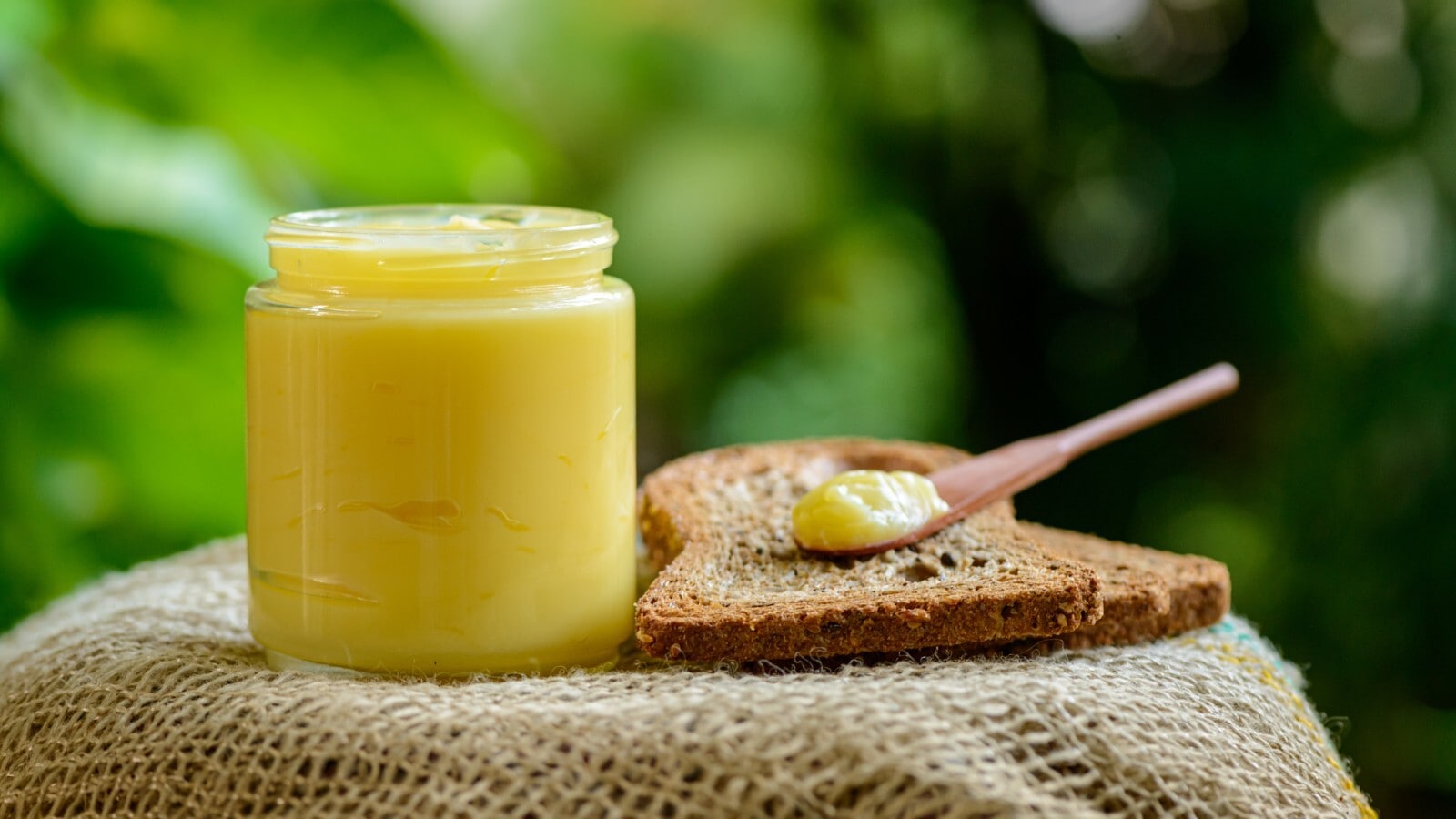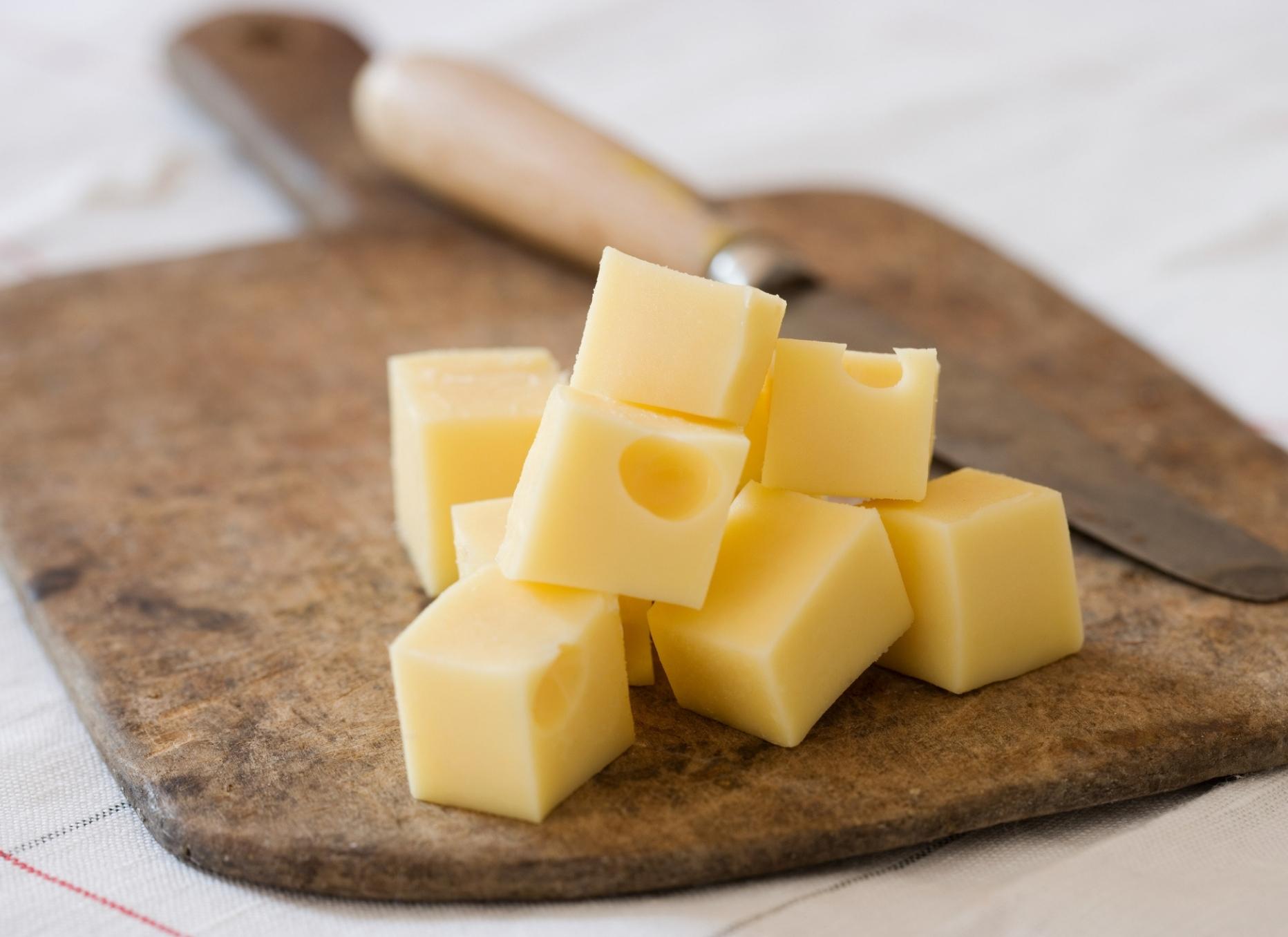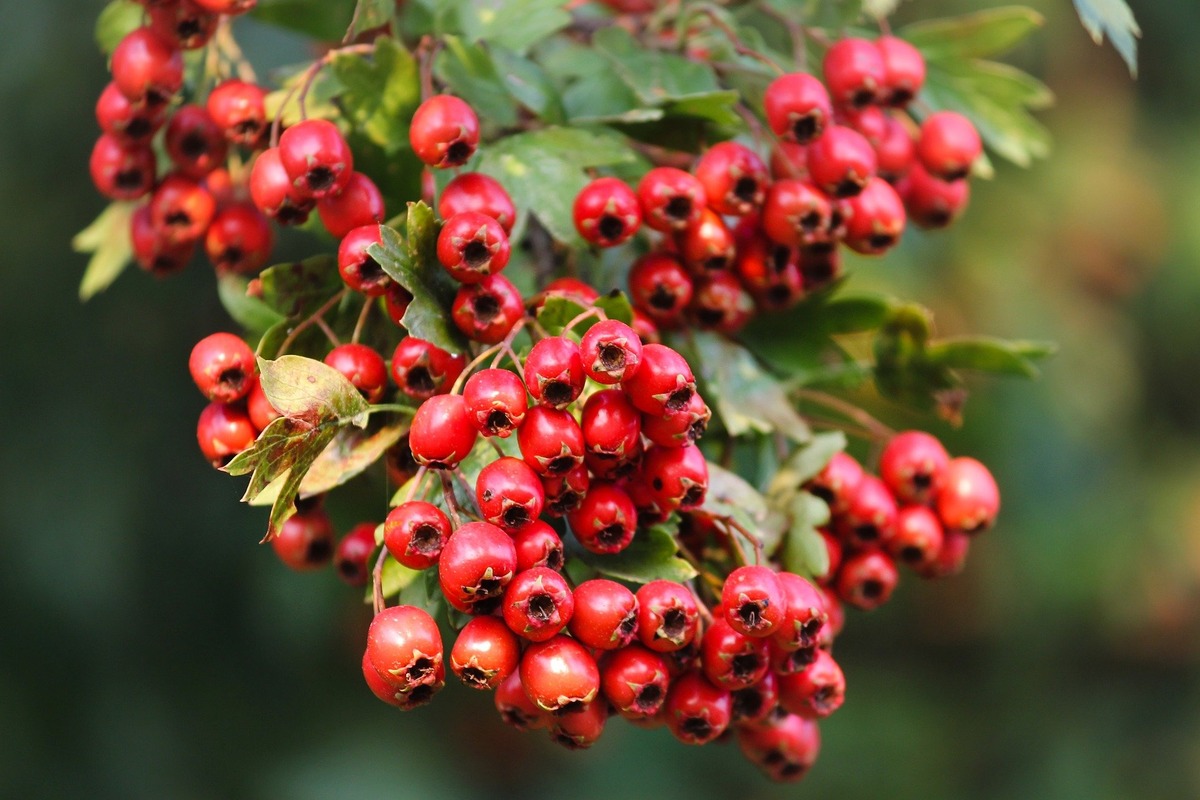Discovering the Delight of Borage Leaves
Are you looking to add a unique and flavorful twist to your meals? Look no further than borage leaves! These vibrant green leaves are not only visually appealing but also offer a refreshing cucumber-like taste that can elevate your culinary creations. In this guide, we will explore the various ways you can enjoy borage leaves and incorporate them into your diet.
Understanding Borage Leaves
Borage, also known as starflower, is a herb that is prized for its edible leaves and flowers. The leaves are rich in nutrients, including vitamin C, calcium, and potassium, making them a valuable addition to a healthy diet. Additionally, borage leaves contain essential fatty acids, making them a nutritious choice for those looking to boost their overall well-being.
Ways to Enjoy Borage Leaves
There are several delightful ways to incorporate borage leaves into your meals. Here are some ideas to get you started:
- Salads: Add a pop of color and flavor to your salads by tossing in fresh borage leaves. Their subtle cucumber taste pairs well with a variety of salad ingredients, creating a refreshing and nutritious dish.
- Herbal Infusions: Steep borage leaves in hot water to create a soothing herbal infusion. This can be enjoyed on its own or combined with other herbs for a custom tea blend.
- Garnish: Use borage leaves as a decorative garnish for soups, appetizers, or main dishes. Their delicate, star-shaped appearance adds an elegant touch to any plate.
- Stir-Fries: Incorporate borage leaves into stir-fries for a burst of freshness. Their crisp texture and mild flavor make them a versatile addition to stir-fry recipes.
Harvesting and Storing Borage Leaves
If you have access to borage plants, you can harvest the leaves for culinary use. When harvesting borage leaves, select young, tender leaves for the best flavor and texture. It’s important to wash the leaves thoroughly before using them in your recipes to remove any dirt or debris.
When it comes to storing borage leaves, you can keep them fresh by wrapping them in a damp paper towel and placing them in a resealable plastic bag in the refrigerator. This will help maintain their crispness and flavor for several days.
Final Thoughts
Exploring the world of borage leaves can open up a new realm of culinary possibilities. Whether you choose to incorporate them into salads, teas, or as a decorative element in your dishes, borage leaves offer a delightful and nutritious addition to your meals. So why not give them a try and elevate your dining experience with the vibrant flavors of borage leaves?
Remember, when trying any new food, it’s essential to be mindful of potential allergies or sensitivities. If you have any concerns, consult with a healthcare professional before adding borage leaves to your diet.
